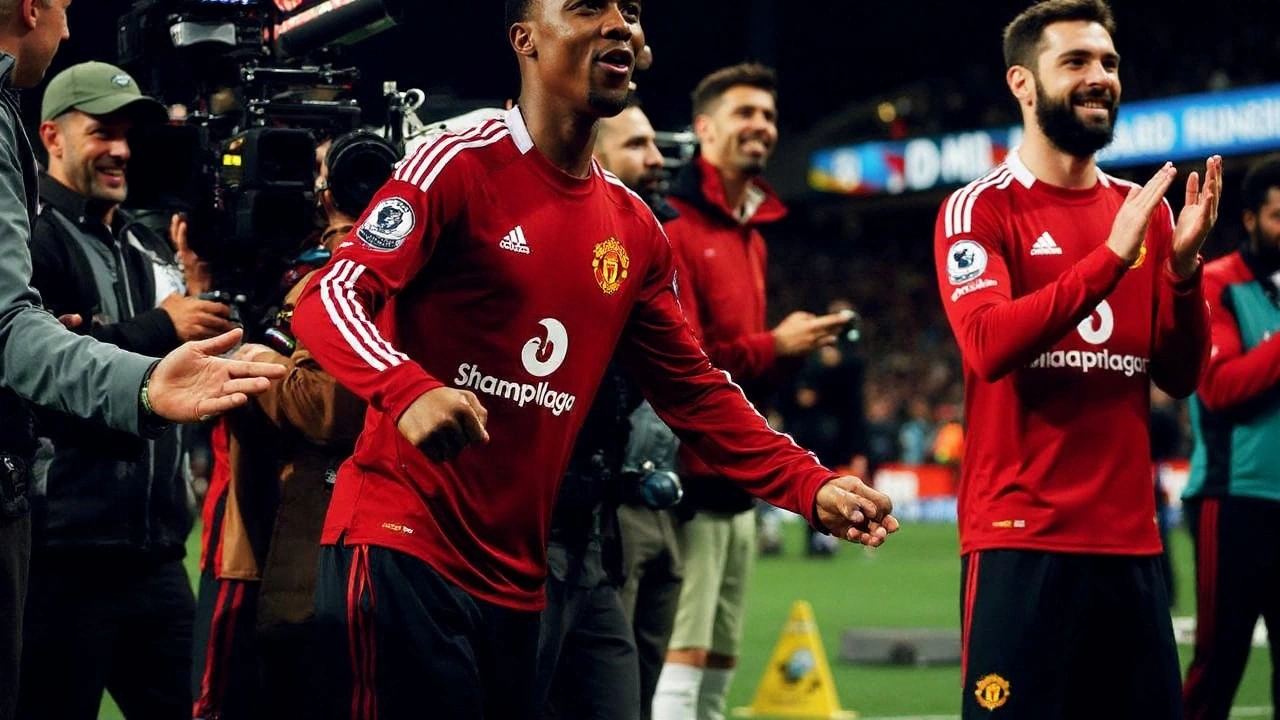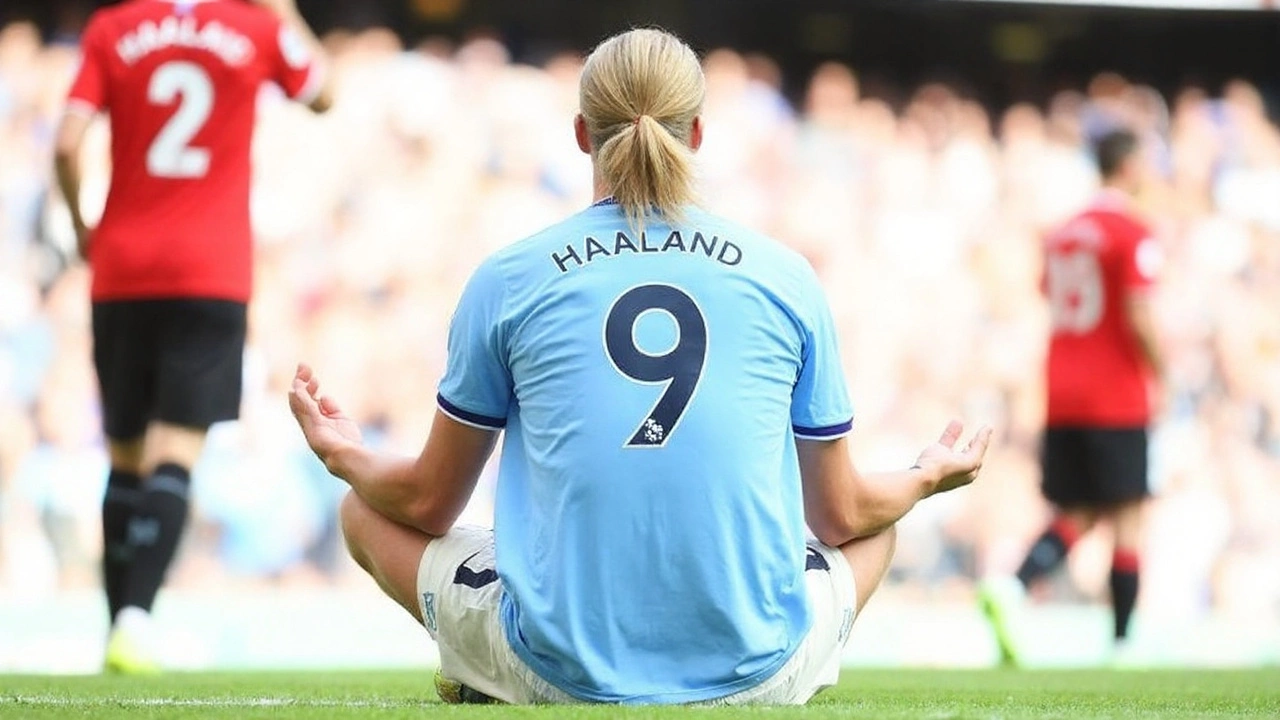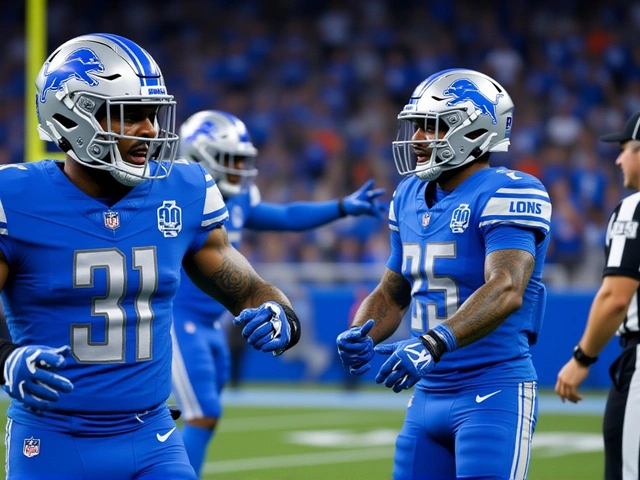The derby we couldn’t read—so here’s the one we watched
The pre-match analysis on the five key areas before the Manchester derby wasn’t available, but the match itself wrote a cleaner script. Manchester City beat Manchester United 3-0 on September 14, 2025, and the themes that usually define this fixture were all over the pitch. If you want to understand how this game was won, look at the pressing, the midfield patterns, the transition game, the wide duels, and the set-pieces. Those five areas told the story.
City didn’t need chaos to win this. They leaned on control and field position. United needed speed and disruption, and they didn’t find enough of either for long enough. The scoreline suggests one side imposed its structure and the other couldn’t break it.

Five key areas before kickoff—answered on the pitch
1) Pressing and build-up: who blinked first? City’s high press is designed to funnel the ball toward a trap on one side, then jump the pass. United’s route out is either to play through the first line or go long and win the second ball. A 3-0 away-day for City usually means their first line hit its marks: angled runs from the front, tight distances between lines, and quick covers behind. When United are forced long without clean access to knockdowns, possession turns into repeat defending. That felt like the pattern here—United stuck deeper, City winning territory and restarting attacks quickly.
2) Midfield control and overloads between the lines City often build a box in midfield and look to pin the opposition’s double pivot. The question before every derby is whether United can close the lane into City’s creators and still protect the half-spaces. The score hints at an answer: City found enough pockets between United’s midfield and back line to keep momentum. When City tilt the pitch, their eights receive on the turn, full-backs step inside to keep rest defense, and the ball rarely gets stuck on one flank. United needed compactness without passivity. They didn’t get the balance right.
3) Transitions: United’s weapon vs City’s shield If United were going to land a punch, it was always going to be on the break—first pass forward, wide runner sprinting into space, cutback for the late arrival. City are built to kill that threat with immediate counter-pressing and a three-plus-two rest defense. A clean sheet and a three-goal margin usually mean City denied the first vertical pass and won the turnover moments. No broken-field chaos, no wave of counters. United’s breaks came in ones and twos, not in sustained spells, and that’s survivable for City.
4) Wide battles: full-backs, wingers, and the far-post problem Derbies often swing on the edges. Can United’s wingers isolate 1v1, or do City’s wide players pull the block apart with rotations? City love to switch play to expose the weak side, then attack the far post. The gulf on the wings looked decisive: City’s wingers held width when needed, then drove inside at the right moments, while the full-backs underlapped to create extra passing lanes. United’s wide players spent more time tracking than threatening, which drained their counterpunch.
5) Set-pieces and territorial pressure Even when set-pieces don’t produce goals, they consolidate pressure. Corners and deep free-kicks keep the opponent penned in and reset the cycle. City’s edge here isn’t just delivery—it’s structure after the first contact. They hold you in. United’s escape routes looked crowded, which usually means lost seconds and rushed clearances, and eventually, chances against them. Across 90 minutes, those sequences add up.
This wasn’t about one magic move. It was about City stacking advantages—pressing angles, midfield overloads, safe rest defense—and United never flipping the script for long enough. When City control where the game is played, they tend to control how it ends.
So what now? For City, this reads like a statement that their base model still travels: dominate territory, deny transitions, and trust their structure to create chances. For United, the gap isn’t effort. It’s the repeatable mechanics—clean exits under pressure, disciplined spacing in midfield, and a plan to turn recoveries into real attacks. Those aren’t fixed by a single lineup change; they come from weeks of training and clear roles.
The calendar won’t wait. City bank points and rhythm; United have to recalibrate fast. If these teams meet again with stakes on the line, the homework is obvious. United need a braver first pass out, wingers who can carry the ball 30 yards under pressure, and midfield distances that don’t stretch on turnovers. City just need to keep the machine humming and avoid giving up the only thing United wanted: a track meet. The scoreboard in this one says they managed that just fine.



